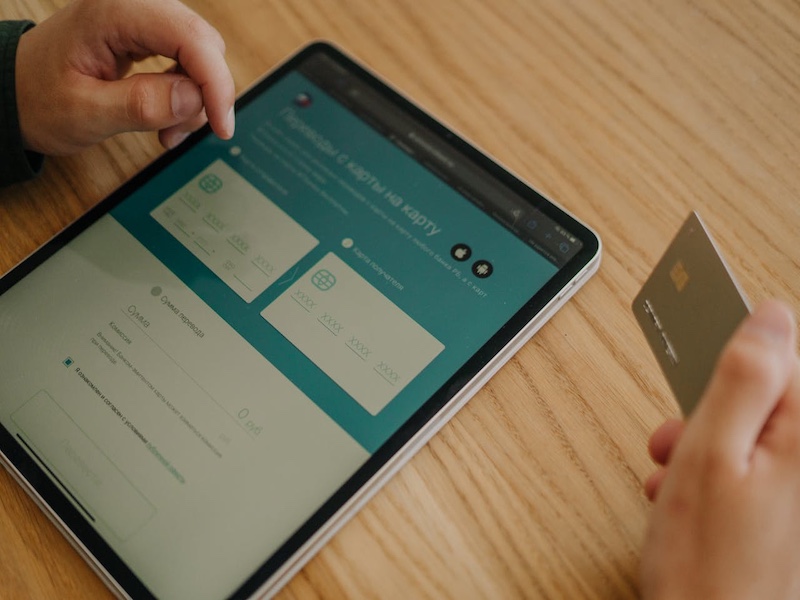

A quiet revolution is underway in banking—and it’s not happening on the front lines of retail branches or flashy consumer apps. It’s unfolding in the back office. As APIs, embedded finance, and digital infrastructure reshape financial services, banks are increasingly turning to treasury, trade services, and core operations as growth engines. And the latest earnings season shows this strategy is gaining traction.
What was once the exclusive domain of large enterprises—tools for treasury management, real-time payments, and liquidity optimization—is now making its way to SMBs through modern digital platforms. Enabled by cloud-based architectures and fintech collaboration, these formerly complex capabilities are being democratized across the market. For financial institutions (FIs), that’s not just a shift in client behavior—it’s a strategic opportunity.
Embedded Finance Becomes Infrastructure, Not Buzzword
Traditional back-office units like transaction services and treasury, long seen as stable but unglamorous, are being reimagined as high-value business lines. At Citi, the Services division brought in $5.1 billion in Q2 2025, an 8% YoY increase. A 7% rise in cross-border transactions and higher deposit balances contributed to a 40-basis-point market share gain in treasury and trade solutions. Meanwhile, BNY and Lloyds are reporting similar upward momentum in treasury offerings and digital asset support.
The transformation is powered by growing demand for real-time data and 24/7 cash visibility. “Treasury is no longer a static reporting function,” said Priority’s Albert Acevedo. “It’s embedded in the operational DNA of the business.” SMBs are now able to access cash forecasting, liquidity management, and payment routing tools once reserved for large multinationals. This access helps them reduce returns risk, speed up receivables, and manage cash flow dynamically—often intraday.
AI and Stablecoins Are Reshaping Treasury Operations
Looking ahead, AI and digital assets are poised to elevate back-office operations even further. Lloyds recently deployed Athena, a generative AI-powered knowledge hub designed to speed up internal workflows and improve customer service response times. As banks deal with increasingly complex operational environments, tools like these provide a competitive edge.
Meanwhile, stablecoins are emerging as another powerful lever. During Citi’s Q2 2025 earnings call, CEO Jane Fraser underscored the transformative potential of tokenized money. “Clients can move cash on us, instantaneously, 24/7, cross-border,” she said. “We absorb all the complexities—accounting, AML, settlement.” BNY Mellon CEO Robin Vince echoed this sentiment, emphasizing his firm’s growing involvement in digital asset custody and infrastructure.
The Strategic Value of Back-Office Transformation
Data from PYMNTS and Worldpay shows that 91% of SMBs say software capabilities are central to their 2025 growth strategies. Nearly two-thirds would consider switching providers for access to better embedded finance tools. That puts banks in a critical position: those able to deliver modern, programmable back-office solutions—whether through embedded APIs or intelligent automation—stand to gain market share.
What’s clear is that the line between infrastructure and strategy is disappearing. For banks, innovation no longer means just launching new consumer-facing apps. It means redefining what treasury, payments, and compliance can do behind the scenes—and using those capabilities to power growth in a digital-first economy.